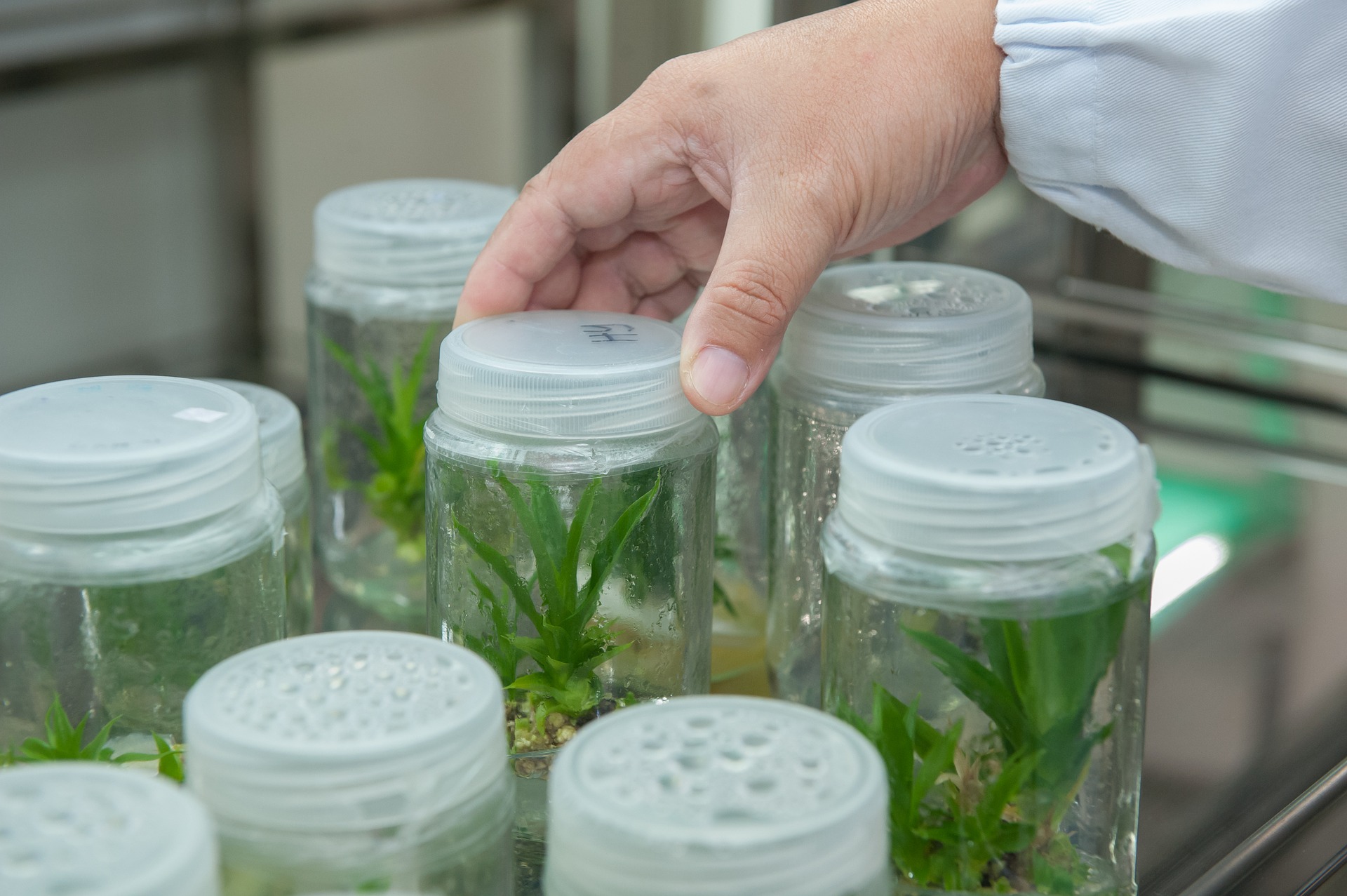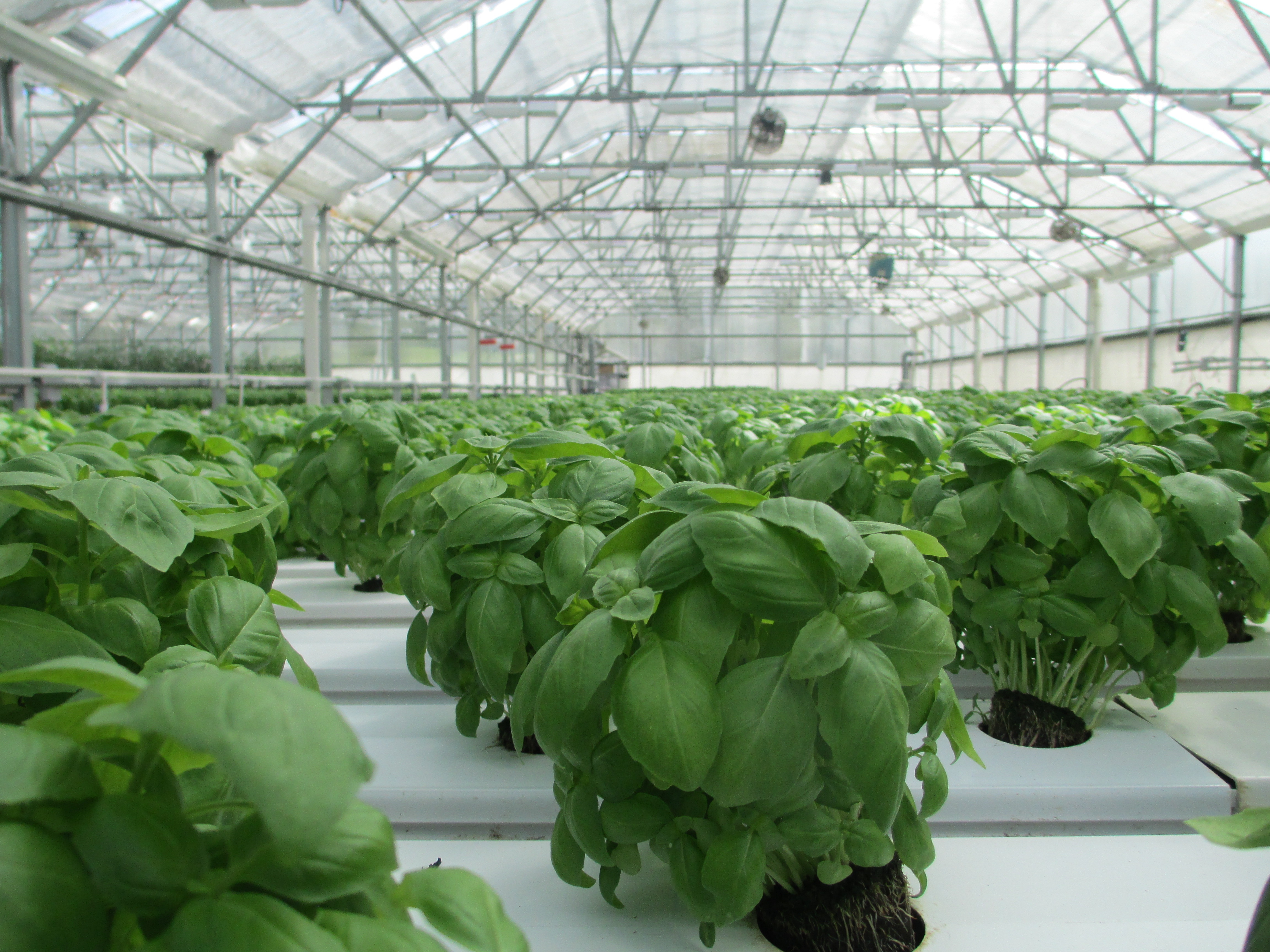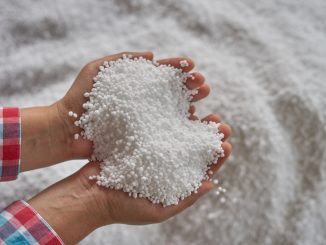
By Ian Fitzpatrick
Little could the S. J. Wegman Company have known that their attempt in 1957 to set up a subsidiary corporation called the ‘Agricultural Biologicals Corp’ would become one of the first examples of the commercialisation of agricultural biologicals – an industry now worth $6.2 billion and rapidly rising. The company’s aim was to develop and market gibberellic acid to stimulate growth in plants, but it was unsuccessful and the project quickly abandoned. The term was then hardly used again until 2012, when the agrochemical company Monsanto mentioned the phrase in a news release announcing “…a new agricultural biologicals platform featuring BioDirect technology, which represents Monsanto’s first step into biological products”.
This statement effectively marked the start of the large-scale commercialization of agricultural biologicals, and a new era of ‘greening’ – or ‘greenwashing’ – by agrochemical companies. Major companies could now appear to support innovative sustainable agricultural technologies, as well as develop new commercial opportunities in a climate of continued scepticism about the long-term benefits of many of their conventional products. ‘Agricultural biologicals’ were the new frontier.
The birth of agricultural biologicals
The term ‘agricultural biologicals’ refers to a wide range of microbials, plant extracts, insects and other biological materials (as opposed to conventional agrochemicals) used by farmers to increase crop yield and health by improving plant growth and nutrient uptake, and helping to protect plants from insects and fungal disease.
Agricultural biologicals have been used by farmers for hundreds if not thousands of years as a normal part of biological or organic agriculture. In fact, one of the earliest records of biological control, dates to around 300 AD when ants were used to control pests in citrus orchards. Just as many modern pharmaceuticals were originally derived from herbal medicine (such as aspirins from salicylate-rich plants like willow), synthetic versions of biological insecticides were developed by chemical companies throughout the 19th century. This allowed them to concentrate the active components from plants or other organic sources and produce insecticides in greater quantities. In addition, chemical companies also made use of inorganic substances to produce an ever-increasing range of pesticide products.

Selling biology
From the 1940s onwards, the use of agricultural chemicals such as DDT, BHC and dieldrin grew rapidly, alongside evidence of the significant environmental and health impacts associated with them. Some chemicals were banned, notably DDT, while others were restricted or controlled. While commonly thought to be necessary for increasing crop yields and feeding a growing global population, the use of hazardous pesticides has – in the words of a recent UN Human Rights Council report – “catastrophic impacts on the environment, human health and society as a whole”.
Growing resistance to the negative effects of pesticides has forced agribusiness to change tack. While continuing to produce and sell technologies associated with conventional agriculture, their strategy has been to improve or develop specific biologically derived technologies and market these as an alternative to agrochemicals.
Buying innovation
Agrochemical companies like Monsanto, Syngenta and Bayer have moved fast and adapted to the growing interest in agricultural biologicals by buying up large numbers of smaller agricultural technology companies.
In July 2012, Bayer CropScience bought AgraQuest, a California-based company that supplied biological pest management solutions using microorganisms, for $425 million. In December 2012, the journal Nature Biotechnology noted that Syngenta planned to buy the small biotech company Pasteuria Bioscience which had developed a natural process of controlling nematode pests in plants. An article in the same journal titled ‘Monsanto buys microbes’, published in April 2013, stated that Monsanto had purchased the company Agradis which included a “large collection of plant-associated microbes and screen processes focused on sustainable solutions to boost crop health and productivity”.
A market which was worth only around $1.7 billion globally in 2013, today is valued at $6.2 billion and is projected to grow to $11.35 billion by 2022. But as the market grows, farmer reliance and dependence on these technologies and the companies that produce them, also grows. As a result, the knowledge and skills related to biological control methods that predate this newer ‘agricultural biologicals’ boom – including organic farming methods for limiting plant diseases or improving soil health – could be lost.
Market monopolies
As with many sectors of the economy, agriculture has seen the rapid consolidation of food production into the hands of fewer and fewer companies. The most notable this year is Bayer’s $66 billion deal to buy Monsanto, which, if it goes ahead*, would create the world’s largest pesticide supplier. It is estimated that this single company could control nearly a quarter of the world’s pesticides.
(*this merger has now been approved. Ed)
As laid out in an article by Eva Perroni last year, increasing corporate concentration reduces employment, food security, and skews trade agreements, farming policy and research towards industrial farming, undermining the livelihoods and knowledge of millions of small-scale farmers. It also enables companies to maintain a firm grip on the development and distribution of agricultural technologies, many of which are implemented before the full consequences of their use have been properly understood.

‘Natural’ technology for sale
Given the track record of agribusiness in marketing their products to farmers, there is every reason to be wary of their new-found enthusiasm for agricultural biologicals. Companies marketing them, like Novozymes, which collaborates with Monsanto in the BioAg Alliance, speak of “improving industrial performance while preserving the planet’s resources and helping to build better lives”. But these companies also speak equally positively of the benefits of their conventional agribusiness products, like glyphosate.
In an attempt to be more appealing, companies selling agricultural biologicals brand these technologies as ‘natural’ by associating them with biology itself. Monsanto’s website says that agricultural biologicals are “either derived from natural materials, contain them, or use naturally-occurring processes to provide a benefit to crop production”. Syngenta talks of delivering “a broad spectrum of products based on naturally occurring microorganisms”.
The ‘natural’ products these companies market as agricultural biologicals include Novozymes’ Met52 EC, a liquid bioinsecticide that contains spores of a fungus that is supposed to control weevils, and Acceleron’s B-200 SAT, a product promoted by the BioAg Alliance which is supposed to “stimulate the growth of beneficial microbes in the soil to improve nutritional uptake of soy plants”.
Perils of agricultural biologicals
In many cases it is possible that these products are in fact useful to farmers and help them to boost yields and profits without damaging the environment and human health. But the companies developing these products will own the intellectual property over them, making farmers who use them forever dependent on the companies for their own success. What has been a common criticism of GM technology – that farmers become dependent, even indebted, to companies for the GM ‘package’ of seeds and chemical sprays – could apply in the same way to these technologies.
There is also concern that agricultural biologicals could damage or affect natural control mechanisms with unforeseen consequences. For example, there might be a risk that microbial seed coatings – a technology currently being developed by Novozymes and Monsanto and predicted to be used on 50% of US farmland by 2025 – could spread and contaminate other crops, or perhaps affect the soil by changing its microbial environment. An article on microbial seed inoculation published last year in the Journal of Applied Microbiology and Biotechnology, mentions that little is known about the fate of inoculants in the spermosphere (the area surrounding seeds) or how treated seeds will interact with other components of the soil biota. Clearly more research needs to be done before these products are used on half of US farmland, let alone huge tracts of land across the world. It’s important to remember that antibiotics were also developed from naturally occurring soil microorganisms and when first approved for routine low-level use in livestock feed, both the industry and the regulators gave repeated assurances that this could have no possible harmful effects.
Many agricultural biologicals, such as biofertilizer sprays, are in fact commercialized high-tech versions of already existing organic farming techniques. With growing interest in the microbiology of the soil, and the parallels between soil health and our own microbiome, as well as the role of biologicals more widely, there is an opportunity for farmers to learn about organic practices, which have been used in some parts for centuries, to restore soil and plant health. With large agribusinesses now on the scene, interest in these practices will no doubt accelerate, and they could end up co-opting them by, for example, patenting certain technologies.
Finally, as a relatively new technology, there is still no agreed definition of ‘agricultural biologicals’ and no regulatory framework to control the development and spread of products. Clearly there will need to be considerably more regulation, particularly given the speed of development and deployment of these products on the market. But there also needs to be more clarity in defining what is meant by agricultural biologicals, particularly given the huge growth in products (e.g. biopesticides, biostimulants, bioinsecticides, bionematicides, bioherbicides, biofertilizers, agricultural microbials and agricultural inoculants) that make up the so-called ‘agricultural biologicals market’ today.
The world is at a turning point in relation to global food demand and the earth’s capacity to sustain this, and there is no doubt that farmers will need to have available a wide range of technologies to enable them to produce food without damaging the environment and human health. However, the take up of new technologies can have repercussions beyond economic, environmental and health metrics, with profound impacts on food security and the structure of rural communities and broader society, as well as farmer knowledge and skills. We should ensure that all necessary oversight is taken with the increased adoption of these technologies, and that the precautionary principle is firmly applied. Wherever possible, farmers must be educated on the low-cost alternatives to proprietary technologies based on biology.
This article was first published by the Sustainable Food Trust.




